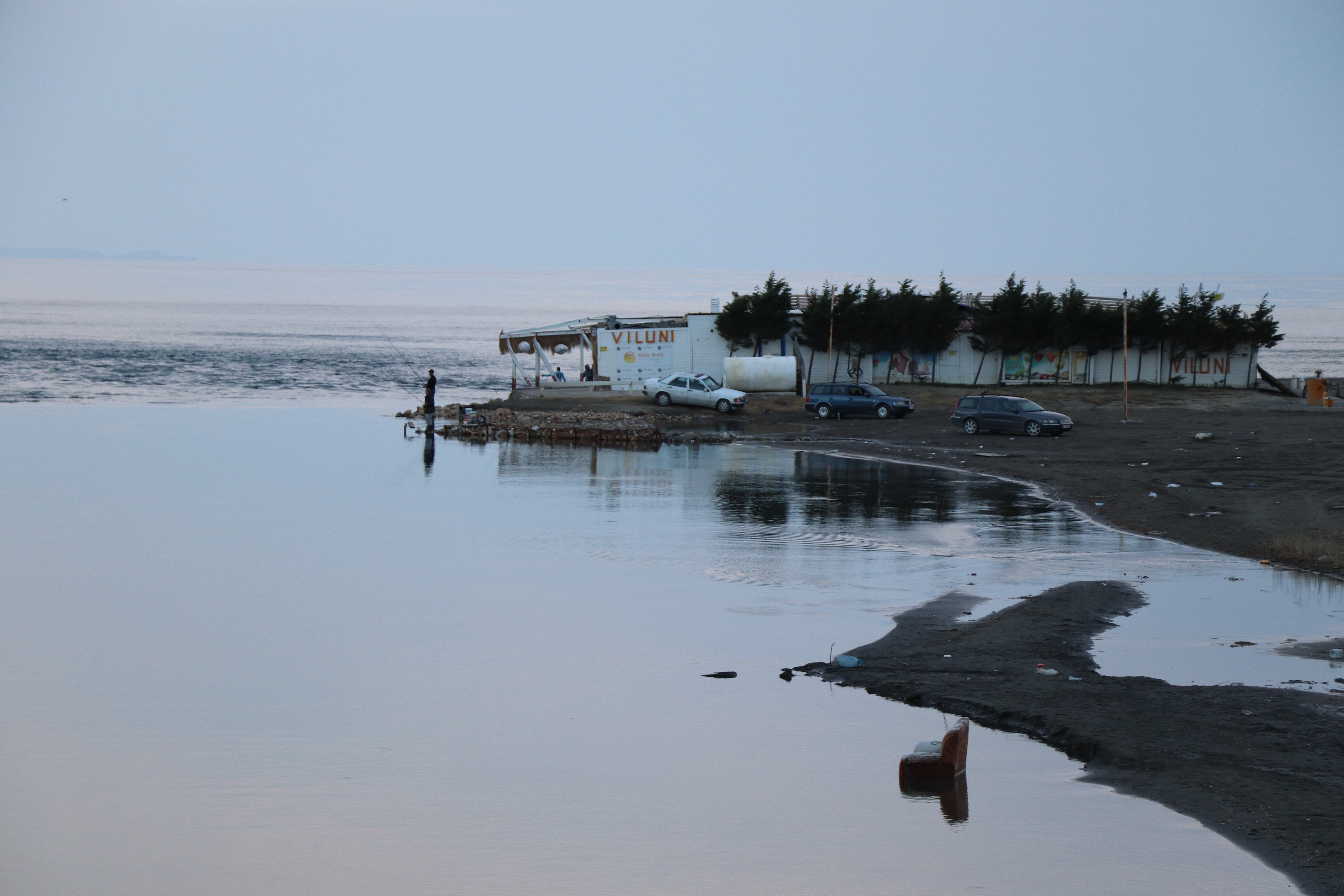Camera trapping allows non-invasive surveys of wildlife throughout the protected area, providing new insights into hotspots of rare and threatened species, while also providing information on which locations contained the most species targeted by hunters. Systematic camera traps were set in either fine-grid (smaller areas with 1-2 km spacing in between stations), or course-grid (full protected area coverage with ~2.5 km spacing between stations) designs, with stations that contain 2 or more cameras spaced about 20 m from one another. Cameras trapping systems were left in the field for ~3 months for each sample session to meet the closure assumption; fine grid designs for two locations were repeated 2 years apart, the course grid is intended to be reproduced in 2023 (5 years apart). Systematic cameras were set and microhabitat data were collected at each station site following protocols from Abrams et al (2018).
References
Abrams, J. F., Axtner, J., Bhagwat, T., Mohamed, A., Nguyen, A., Niedballa, J., ... & Wilting, A. (2018). Studying terrestrial mammals in tropical rainforests. A user guide for camera-trapping and environmental DNA. Berlin, Germany: Leibniz-IZW.
